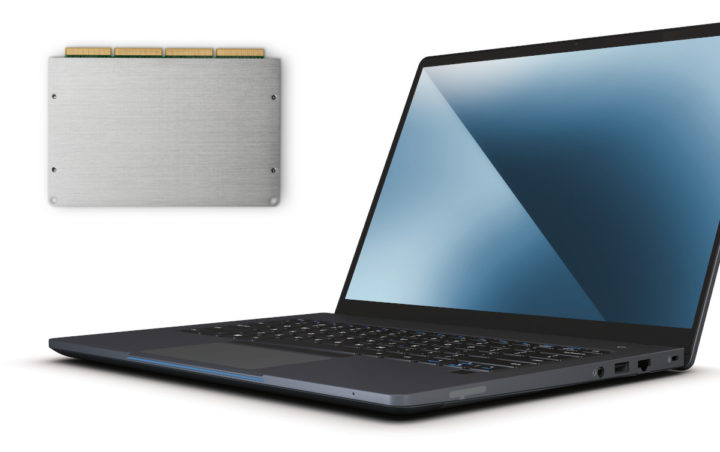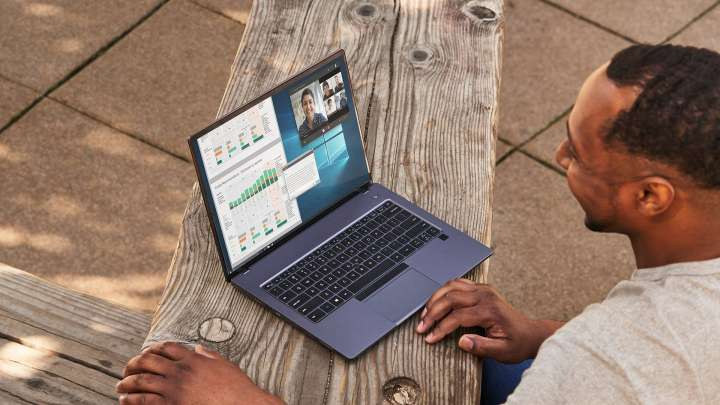Intel NUC P14E Laptop Element is a 13-9-inch modular laptop equipped with the same Intel NUC 11 Compute Element found in the Intel NUC 11 Enthusiast Phantom Canyon NUC11PHKi7C.
The NUC 11 Compute Element “Elk Bay” is a U-Series Compute Element (95 x 65 x 6 mm) offered with a choice of Tiger Lake processors ranging from an Intel Celeron 6305 chip to a Core i7-1185G7 processor combined with up to 16GB RAM. The card also includes a WiFi 6 and Bluetooth 5.2 module, a Gigabit Ethernet transceiver, and supports PCIe x4 Gen 3 and Thunderbolt 4.
Intel NUC P14E Laptop Element (CMCN1CC) specifications:
- Computer module – NUC 11 Compute Element with
- 11th generation Tiger Lake Celeron to Core-i7 processor
- 4 GB to 16 GB LPDDR4x 4266 MHz
- 256 Mbit Flash EEPROM with Intel Platform Innovation Framework for EFI Plug and Play
- Intel AX201 wireless module for WiFi 6 up to 2.4 Gbps and Bluetooth 5.1 connectivity
- Storage – 1x M.2 22×42/22×80 slot for PCIe x4 Gen4 NVMe SSD
- Display – 13.9-inch 3000×2000 IPS display with IPS 3:2 ratio, 400nit, 100% sRGB, and touchscreen
- Video Output – HDMI 2.0b, DisplayPort 1.4a
- Camera – HD IR Camera with support for Windows Hello
- Audio – 3.5 mm stereo headset jack, Intel HD Premium Audio
- Connectivity – Gigabit Ethernet port, plus wireless module integrated into Compute Element
- USB – 1x Thunderbolt 4/USB4.0 Type-C port, 2x USB 3.2 Gen2 Type-A ports
- Backlit keyboard with pointing stick, Glass click pad, RGB light bar
- Misc – Kensington NanoSaver Lock, fingerprint reader
- Battery – 77 Whr Battery with fast charging support
- Power Supply – 65W USB-C Power Adapter
- Dimensions – 303.6 x 229.4 x 16.55mm (Anodized aluminum chassis)
- Weight – 1.5 kg

The solution should enable users to switch to another Compute Element either to upgrade the processor or replace a broken card. If Intel does not kill the Compute Element family altogether, as they did for the Compute Card, you may even be able to upgrade to a module with a 12th generation processor once they come out.
More details may be found on Intel’s NUC laptop kits page and a product brief.
Via Liliputing

Jean-Luc started CNX Software in 2010 as a part-time endeavor, before quitting his job as a software engineering manager, and starting to write daily news, and reviews full time later in 2011.
Support CNX Software! Donate via cryptocurrencies, become a Patron on Patreon, or purchase goods on Amazon or Aliexpress





